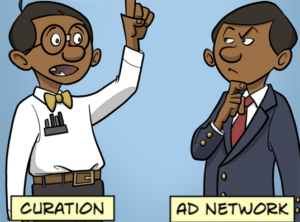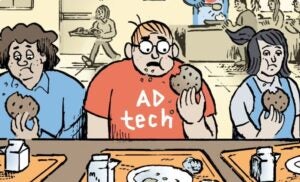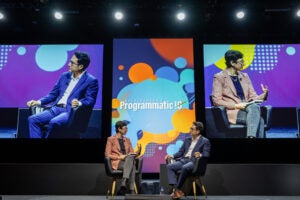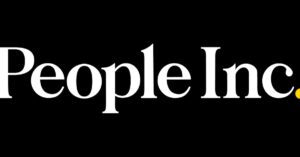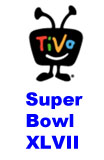 The 35-minute power outage at Sunday’s Super Bowl XLVII caused consternation for CBS, the network that broadcast the game. For advertisers, the outcome was mixed, as some lost exposure and at least three fast-acting marketers were able to use Twitter to capture some attention.
The 35-minute power outage at Sunday’s Super Bowl XLVII caused consternation for CBS, the network that broadcast the game. For advertisers, the outcome was mixed, as some lost exposure and at least three fast-acting marketers were able to use Twitter to capture some attention.
Looking at it in the context of viewability — which has been a major issue lately for internet advertisers — the blackout demonstrated TV, like the web, can fall short of reaching the eyeballs projected for a given ad placement.
DVR provider TiVo was able to give marketers a small glimpse of which commercials were seen the most thanks to its set-top box analytics. However the company’s second-by-second audience measurement data only counts a sample of 30,000 anonymous households. While it’s not clear how many people tuned out during the “blackout,” CBS has issued a statement promising to “honor all commercial commitments” nevertheless.
According to TiVo’s stats, this year’s “most engaging Super Bowl commercial” was claimed by Taco Bell’s Viva Young. Perhaps tellingly, all the top commercials in TiVo’s ranking (read the release) were in the first half. Given the fact that the contest between the ultimately victorious Baltimore Ravens and the San Francisco 49ers wasn’t even close before the half-time show starring Beyoncé, and the fact also, that viewership from non-football fans often drops off after the half-time shows, it seems very likely that the blackout had an impact.
However, social media appeared to step into the void as viewers’ attention turned from the broadcast to Twitter to see what was going on. Oreo, Bud Light and Tide all posted tweets related to the power outage and saw significant buzz until the game returned.
Indeed, Super Bowl XLVII, broadcast on the CBS Television Network and streamed live on CBSSports.com, smashed the record as the most social event in the history of television, according to third-party research firms BlueFin and Trendrr. Trendrr tracked more than 47.5 million social comments, more than twice the numbers tracked for last year’s Grammys and Super Bowl, the previous top events.
Proactively tweeting about the big game may have been a bright move, and not only because so many millions were active on social platforms.
“During the blackout, social conversations around ads had a clearly defined drop in activity,” said Sean Reckwerdt, lead TV analyst at Networked Insights, in an email to AdExchanger. “The barrage of rerun ads (and those for CBS shows) were not helping to drive viewer conversations. The few brands that were quick on their feet and were able to ‘hijack’ the situation, like Oreo and Tide with their humorous relevant content, were able to garner a few impressions and applause from the viewers. However if the game had not quickly become so enthralling with the 49ers starting their comeback, the advertiser conversation may not have recovered to similar levels as they were pre-halftime.”
While analytics providers like Nielsen attempt to discern the level of viewer interest in TV spots by examining social media chatter on Twitter and Facebook, YouTube also provides a clear “sample” for Super Bowl ad viewability.
Volkswagen’s “Get In. Get Happy” garnered more than 8,373,067 views on YouTube before the live airings. In fact, nine of this year’s top ten commercials were previewed on the web before the big game, suggesting that the answer to TV’s viewability issues may lie in how people react to TV spots on the internet.




